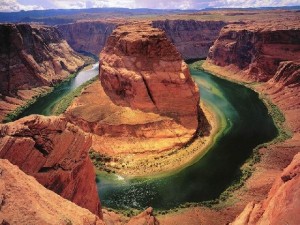 In this week’s Science Magazine, Adrian Cho brings word of a looming shortage of helium in America:
In this week’s Science Magazine, Adrian Cho brings word of a looming shortage of helium in America:
For the second time in 8 months, a bill has been introduced in Congress that would prevent an acute but wholly self-inflicted shortage of helium from striking later this year. The shortage would hamstring research in a variety of fields. “Unless Congress takes swift action, the U.S. will float off the helium cliff,” said Representative Doc Hastings (R–WA), chair of the House of Representatives Natural Resources Committee and co-sponsor of the bipartisan bill, during a hearing this week.
Here’s the problem. Since 1996, the U.S. government has been selling off its vast reserve of helium, a legacy of the Cold War, which is held in an underground reservoir near Amarillo, Texas. Those sales supply 42% of the crude helium consumed in the United States and 35% of the crude helium consumed globally. But by law, they will continue only until the Bureau of Land Management (BLM), which controls the reserve, recoups the $1.4 billion cost of developing the reserve. BLM will reach that break-even point by the end of this fiscal year, 30 September. At that point, BLM will have no authority to sell the remaining helium unless Congress acts.
More here.
